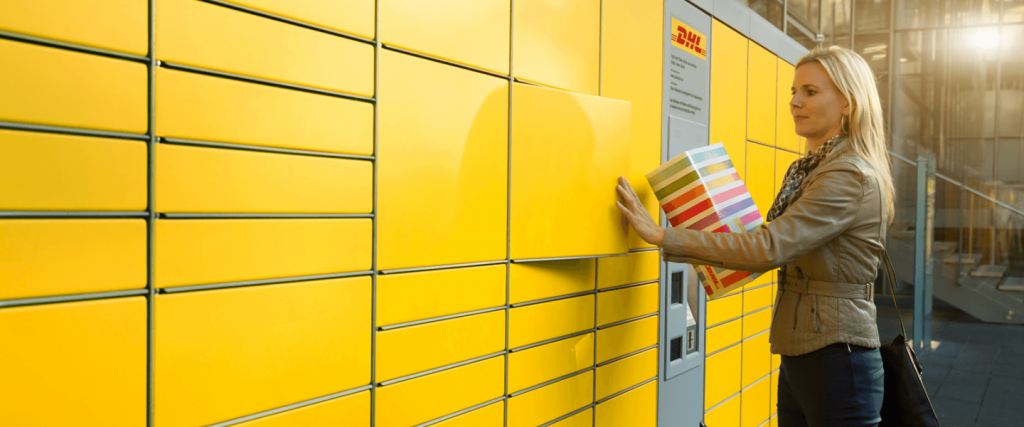
Last year’s pandemic disrupted the way people live and want to live. Governments were forced to lockdowns, where people had to stick to curfews. In addition, shopper’s fear to get infected impacted physical retailing negatively.
Where brick and mortar stores were suffering from governmental regulations to combat spread of the virus, e-commerce was thriving. These regulations forced people to shop online and opened up customer’s mind to the benefits of online shopping. Looking at world’s largest economies, online transactions in the YK rose from 15.8% to 23.3 per cent, in China a similar positive trend from 20.7 to 24.9 per cent and the US saw an increase from 11 to 14 per cent. Both opportunities and challenges of an increase in e-commerce became sooner than expected, more urgent than expected. One of the main challenges of such an online-first environment is delivery of orders. As in most countries people only could go out for primary reasons such as groceries, all other had to be ordered online. Urban order deliveries become more frequent and smaller where efficiency plays a key role.
As customer experience is a central theme in e-commerce, related supply chain solutions are following the same approach. Where customer deliveries all started with home deliveries, iterations such as same day deliveries, pack-stations and alternative locations are rising. These so-called last mile delivery solutions are acting as a catalyst for e-commerce as it enables companies to offer differential solutions to customers.
Also, the use of electrical vehicles allows last mile delivery to comply to emission standards. Zero emission deliveries with bikes, cards, and even vans enable companies involved to meet urban standards. Also, the use of technologies in the supply chain industry can lead to achievements of efficiencies, also in the delivery process.
To conclude, opportunities in last mile delivery are driven by a forced change of consumers’ perception to (online) shopping. Similar to e-commerce, alternatives for customers are increasing. Not only general shopping, but also the rise of fast-delivery supermarkets such as Gorilla’s is part of this trend. While these developments seem to make our lives a lot easier, critics argue whether that really is the case. We have to ask ourselves the question to what extent it adds significant sustainable value to our daily lives and does not pollute our urban areas with all different but unnecessary alternatives.
[1] https://news.un.org/en/story/2021/05/1091182
[2] https://www.kennisdclogistiek.nl/nieuws/the-future-of-last-mile-delivery-10-most-important-trends
